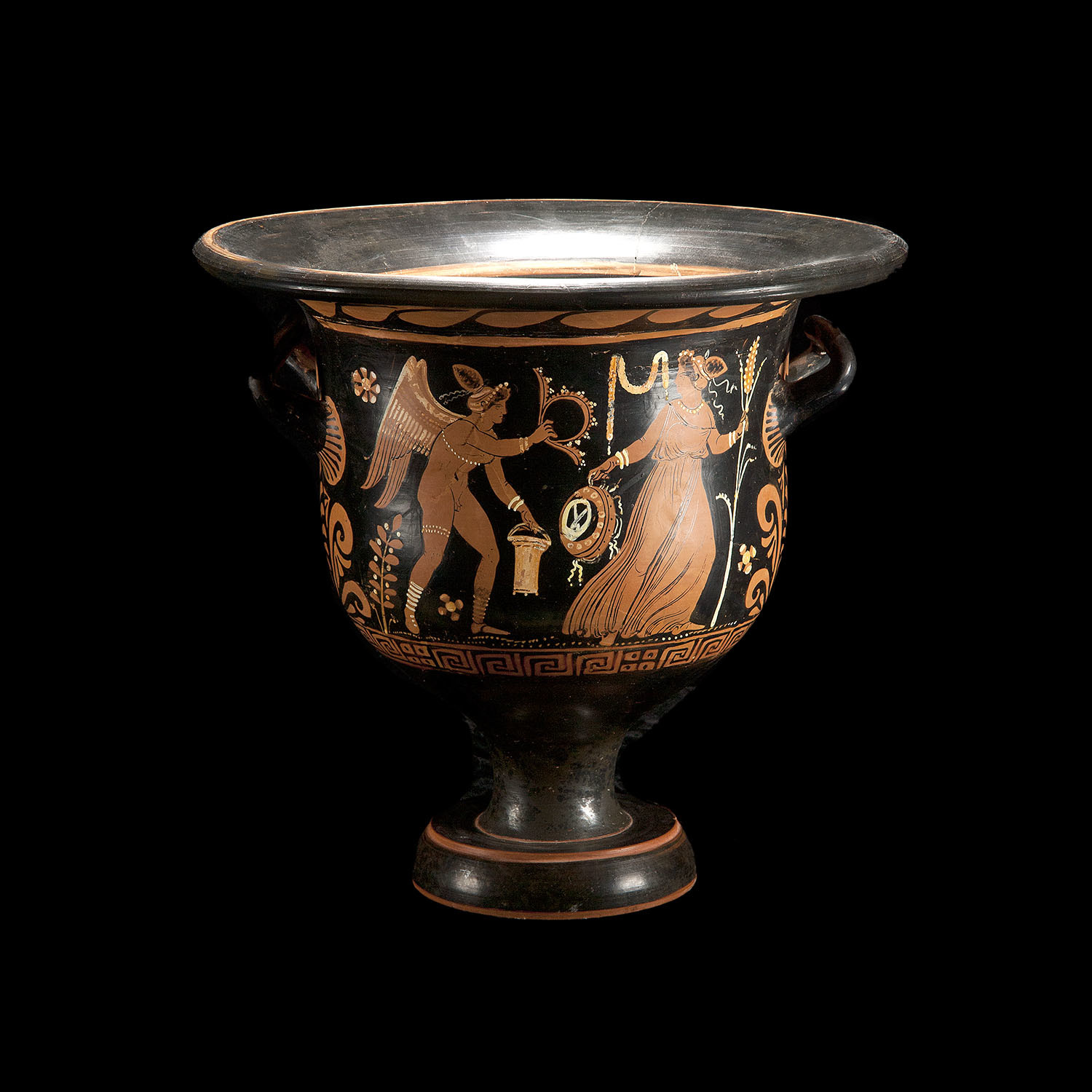To write to brothers in Christ in order to instruct them.
1 That which was from the beginning, which we have heard, which we have seen with our eyes, which we have looked upon, and our hands have handled, concerning the Word of life— 2 the life was manifested, and we have seen, and bear witness, and declare to you that eternal life which was with the Father and was manifested to us— 3 that which we have seen and heard we declare to you, that you also may have fellowship with us; and truly our fellowship is with the Father and with His Son Jesus Christ. 4 And these things we write to you that your joy may be full. 5 This is the message which we have heard from Him and declare to you, that God is light and in Him is no darkness at all. 1 John 1:1-5
Darkness = Hate
God is love. There is no darkness in Him.
9 He who says he is in the light, and hates his brother, is in darkness until now. 10 He who loves his brother abides in the light, and there is no cause for stumbling in him. 11 But he who hates his brother is in darkness and walks in darkness, and does not know where he is going, because the darkness has blinded his eyes. 1 John 2:9-11
What is the "historical" background for John writing 1 John?
OCCASION AND PURPOSE
As previously noted, the church fathers (e.g., Justin Martyr, Irenaeus, Clement of Alexandria, Eusebius) place John at Ephesus during the time this letter was written, where the aged apostle had the oversight of many churches in the surrounding region. As Paul had earlier predicted (Acts 20:29–30), false teachers, influenced by the current religious and philosophical trends, had arisen. Those heretics were infecting the churches with false doctrine. Their heretical teaching represented the beginning stages of the virulent heresy later known as Gnosticism, which developed in the second century and posed a grave threat to the truth.
Gnosticism (from the Greek word gnōsis [“knowledge”]) was an amalgam of various pagan, Jewish, and quasi-Christian systems of thought. Influenced by Greek philosophy (especially that of Plato), Gnosticism taught that matter was inherently evil and spirit was good. That philosophical dualism led the false teachers whom John confronted to accept some form of Christ’s deity, but to deny His humanity. He could not, according to them, have taken on a physical body, since matter was evil. The denial of the Incarnation in Gnosticism took two basic forms. Some, known as Docetists (from the Greek verb dokeō [“to seem,” or “to appear”]), taught that Jesus’ body was not a real, physical body, but only appeared to be so. In sharp contrast, John forcefully asserted that he had “heard,” “seen,” and “touched” Jesus Christ (1:1), who had truly “come in the flesh” (4:2; cf. John 1:14).
Others (such as the heretic Cerinthus, whose presence caused John to flee the bathhouse) taught that the Christ spirit descended on the man Jesus at His baptism, but left Him before the crucifixion. John refuted that specious argument by asserting that the Jesus who was baptized was the same person who was crucified (see the exposition of 5:6 in chapter 17 of this volume).
Either of those heretical views undermines not only the biblical teaching of Jesus’ true humanity, but also of the atonement. If Jesus were not truly man—as well as truly God—when He suffered and died, He could not have been an acceptable substitutionary sacrifice for sin.
The Gnostics’ philosophical dualism also caused them to be indifferent to moral values and ethical behavior. To them, the body was merely the prison in which the spirit was incarcerated. Therefore, sin committed in the body had no connection to or effect on the spirit. But as John emphatically declared, “If we say that we have no sin, we are deceiving ourselves and the truth is not in us.… If we say that we have not sinned, we make Him a liar and His word is not in us” (1:8, 10; cf. 2:4; 3:3–10; 5:18; 3 John 11).
Since they viewed themselves as the spiritual elite, who alone had true spiritual knowledge, Gnostics scorned the unenlightened ones bereft of such knowledge. They were arrogant, unholy, and loveless. But such behavior does not mark those with a higher knowledge of God, but rather those who do not know Him at all—a truth that John stated plainly and repeatedly:
The one who says he is in the Light and yet hates his brother is in the darkness until now. (2:9)
By this the children of God and the children of the devil are obvious: anyone who does not practice righteousness is not of God, nor the one who does not love his brother. (3:10)
We know that we have passed out of death into life, because we love the brethren. He who does not love abides in death. Everyone who hates his brother is a murderer; and you know that no murderer has eternal life abiding in him. (3:14–15)
The one who does not love does not know God, for God is love. (4:8)
If someone says, “I love God,” and hates his brother, he is a liar; for the one who does not love his brother whom he has seen, cannot love God whom he has not seen. And this commandment we have from Him, that the one who loves God should love his brother also. (4:20–21)
Like any pastor, John could not stand idly by when his people were being assaulted by the satanic lies of false teachers. Responding to the serious crisis threatening the churches under his care, the apostle sent them this letter to help check the deadly plague. But John’s purpose was not merely polemical, but also pastoral, expressing his deep concern for his people. He wanted not only to refute the false teachers, but also to reassure the genuine believers. Thus, while the gospel of John was “written so that [people] may believe that Jesus is the Christ, the Son of God; and that believing [they might] have life in His name” (John 20:31), 1 John was written to those “who believe in the name of the Son of God, so that [they might] know that [they] have eternal life” (1 John 5:13). By repeatedly cycling through the essential truths of Christianity, John, with increasingly deeper and broader disclosure, fortified his people against the assaults of the false teachers and reassured them that they possessed eternal life. First John thus spirals through the biblical balance of truth, obedience, and love.
DESTINATION AND READERS
Some have questioned whether 1 John is actually a letter, since it lacks some of the general characteristics of letters from that era. But its intimate tone and content indicate that it was not a general treatise, but a personal, pastoral letter. The churches it was addressed to were most likely located in Asia Minor, near John’s home church at Ephesus (see under The Author of 1 John above for evidence that John lived in Ephesus).
Little is known for certain about the recipients of 1 John. Most likely, they were primarily Gentiles, as the absence of Old Testament quotes and references (apart from 3:12) and the concluding warning against idolatry (5:21) suggest.
OUTLINE
I. The Fundamental Tests of Genuine Fellowship—SPIRAL I (1:1–2:17)
A. The Fundamental Tests of Doctrine (1:1–2:2)
1. A biblical view of Christ (1:1–4)
2. A biblical view of sin (1:5–2:2)
B. The Fundamental Tests of Morals (2:3–17)
1. A biblical view of obedience (2:3–6)
2. A biblical view of love (2:7–17)
a. The love that God requires (2:7–11)
b. The love that God hates (2:12–17)
II. The Fundamental Tests of Genuine Fellowship—SPIRAL II (2:18–3:24)
A. Part 2 of the Doctrinal Test (2:18–27)
1. Antichrists depart from Christian fellowship (2:18–21)
2. Antichrists deny the Christian faith (2:22–25)
3. Antichrists deceive the Christian faithful (2:26, 27)
B. Part 2 of the Moral Test (2:28–3:24)
1. The purifying hope of the Lord’s return (2:28–3:3)
2. The Christian’s incompatibility with sin (3:4–24)
a. The requirement of righteousness (3:4–10)
b. The requirement of love (3:11–24)
III. The Fundamental Tests of Genuine Fellowship—SPIRAL III (4:1–21)
A. Part 3 of the Doctrinal Test (4:1–6)
1. The demonic source of false doctrine (4:1–3)
2. The need for sound doctrine (4:4–6)
B. Part 3 of the Moral Test (4:7–21)
1. God’s character of love (4:7–10)
2. God’s requirement of love (4:11–21)
IV. The Fundamental Tests of Genuine Fellowship—SPIRAL IV (5:1–21)
A. The Victorious Life in Christ (5:1–5)
B. The Witness of God for Christ (5:6–12)
C. Christian Certainties Because of Christ (5:13–21)
1. The certainty of eternal life (5:13)
2. The certainty of answered prayer (5:14–17)
3. The certainty of victory over sin and Satan (5:18–21)
John MacArthur, 1, 2, 3 John, MacArthur New Testament Commentary (Chicago, IL: Moody Publishers, 2007), 8–11.






 .
.